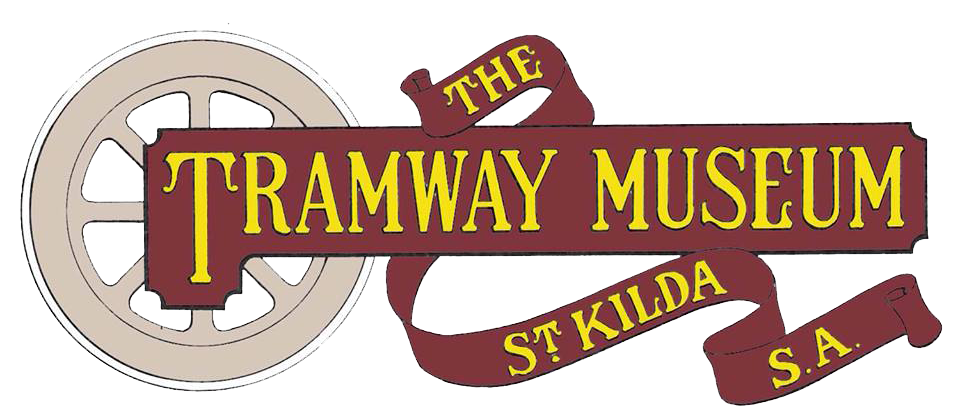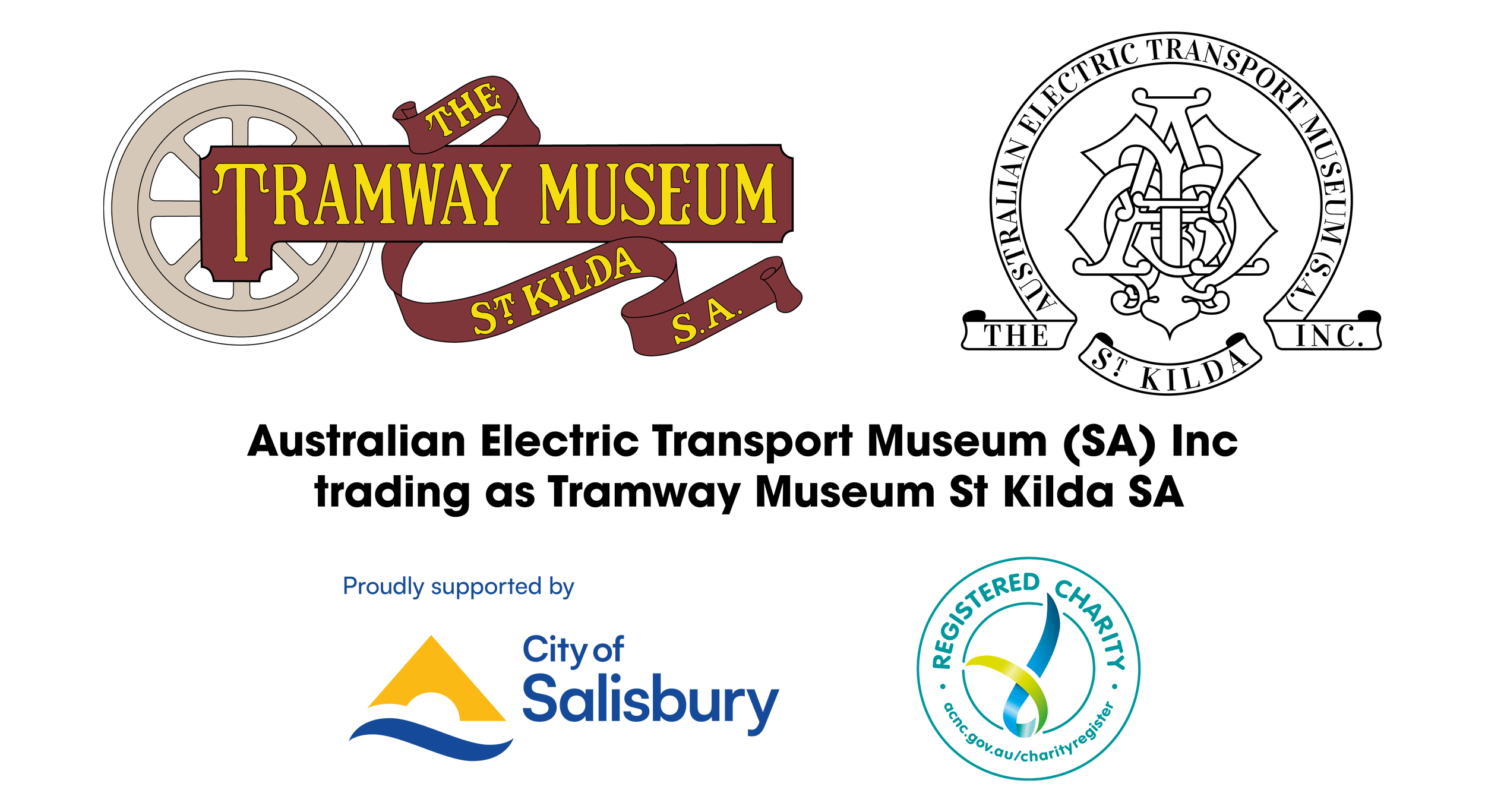Formation of the Municipal Tramways Trust
Turning of the first sod at the start of the construction of the new electric tramway system in 1908.
Reflecting strong and increasing local pressure for an electric tramway system, just before Christmas 1906 the SA Parliament created the Municipal Tramways Trust, an entirely new organisation with a brief to establish and run an electric tramway system within 10 miles (16Km) of the GPO.
The legislation specified that:
The Trust be managed by a Board of eight persons. The government appointed two and the local governments in the areas serviced by the system. appointed six. Two of those represented the Adelaide City Council.
The MTT be independent of direct government control.
The Government provided the capital.
The Trust was expected to run at a profit with the constituent councils underwriting any operating losses. (This led, in part, to the MTT’s downfall 50 years later).
The Board of the MTT met for the first time on 4th February 1907.
Within two years, the first route of the electric tram system, to Kensington, opened on 9th March 1909. By the end of 1909, electric trams were working the inner lines to North Adelaide, Walkerville, Payneham, Maylands, Marryatville, Parkside, Unley and Hyde Park - and at the same time, the MTT continued to operate the remaining horse trams routes, which it had taken over, retiring each horse tram service as the electric routes became operational.
It was a remarkable feat of organisation and expertise led by a visionary man. It signalled that this was an organisation that knew what it was about and what was needed to run a complex operation for nearly 50 years – during which time the MTT had a dominant impact on Adelaide’s urban development, life, work and play.
Governments then, as now, were gravely concerned about costs and the MTT was told its track laying could not exceed £12,000 per mile. The MTT’s own drive to contain costs was confounded when HM Customs doubled the import duty on some tram components (to £45,000). This was still referred to in thinly veiled outrage in annual reports six years later.
"As pointed out in my last report, subsequent to the passing of the Tramways Act the schedules of the Customs Duties were revised, the result being that the duties paid to date under the schedules exceed those that would have been paid under the old Schedules by no less than £45,000."
Annual Report 1911/12 p. 24.
The MTT was not above seeking budgetary improvements of its own. It made clear in its annual reports it questioned why it should be made to bear the costs for the necessary alterations to the general telephone lines, electricity supply, water, sewer and gas lines, plus road works and bridge strengthening that the government and councils insisted the MTT should pay.
The General Manager
Sir William G.T. Goodman, Kt., M.Inst.C.E., M.I.E.E., M.I.E. Aust.
Following the short lived appointment of J.J.Bodley, who had been manager of the Adelaide and Suburban Tramway Company (the largest of the horse tram companies) Mr. W.G.T. Goodman then Chief Electrical Engineer was appointed General Manager, a position he held until his retirement in 1950 at age 78.
The Adelaide tramway system was designed, built and then managed for over 40 years by Sir William Goodman. Born at Ramsgate, UK in 1872 he worked in Tasmania, New South Wales and as an electrical engineer for the Dunedin N. Z. Corporation before being appointed Chief Engineer of the newly-formed Municipal Tramways Trust in 1907, and also its General Manager in 1908.
Other accomplishments included: -
• Securing a pilot’s licence and encouraging air schools in the 1920s.
• Member of the Council of the University of Adelaide 1913-1954.
• Chairman, Royal Commission into the South Australian Railways 1929.
• Knighted 1932.
• Chairman, South Australian Housing Trust, 1937-1945.
His management style was forceful and direct, but fair and he was respected by all his staff.
Building the system
The construction of the new electric tramway system was a major undertaking with City streets being dug up on a regular basis during construction. A key part of the new system was the track work installed at the intersection of King William Street and North Terrace. Allowing trams to turn in every direction or run straight ahead, this junction was known as a 'Grand Union'.
In the space of the first two years Mr. Goodman and his staff had in place:
• 70 trams (of an initial order of 100) to start with.
• A very large car shed to put them in.
• A workshop to maintain them.
• A headquarters to run them from.
• A special phone system to know where they were.
• 10 miles of old horse tram tracks removed and replaced,
• Bridges strengthened.
• A 600v DC electrical distribution system.
• 55 miles of overhead wires.
• A power station planned and contract shipping to bring a steady supply of coal from NSW. (Until the power station was completed in 1910, power was supplied by the Adelaide Electric Supply Co. to the MTT’s battery house and converter station at the corner of Pirie St. and East Tce.)
Training the staff, opening of the system and the transition from horse to electric trams
With the wife of the State Premier, Tom Price at the controls with Sir William Goodman, tram number 1 leaves the depot at Hackney for the opening of the new electric tramway system. Photo: 'The Critic' newspaper.
Early electric tram trials & driver training:
Tram driving jobs were much sought after, but the training came at an inconvenient price. MTT tramcars first ran in traffic in March 1909, and Motorman Chris Hollamby applied for a job the same month. He worked in Sewell’s Nursery during the day, and took evening instruction at Hackney Depot. Motormen trainees used to go out driving after the horse cars were off the road. Sometimes Chris got home at half past four in the morning and had to start work at the nursery at 7.30am.
"Among Ourselves", Vol 7, Feb/March 1947
Opening day Tuesday 9th March 1909
At 2.30 pm, a procession of fourteen tramcars (carrying seven hundred passengers) led by tram No 1 left Hackney Depot travelling to Gurrs Road, Kensington. As the Premier, Mr T Price was very ill, Mrs Price officially drove the leading tram under Mr Goodman’s guidance. The procession returned to King William St and then reversed direction to return to Hackney Depot for afternoon tea.
Transition period:
The first stages of the electric services were mostly at the city end of each route and lines were progressively opened to Kensington, North Adelaide, Walkerville, Payneham, Maylands, Marryatville, Parkside, Unley and Hyde Park. The exception was the opening of the Henley line between Thebarton and the beach at the end of 1909.
Horse cars ran from each electric temporary terminus to the horse car terminus (eg Parkside to Glen Osmond) until the lines were set up for electric trams by the end of 1911. By this time, most of the tram system was electrified. At the Caledonian Hotel, North Adelaide, a waiting room was provided and passengers transferred to horsecars to Prospect and Enfield.






